A picture postcard: the Monaco tramway
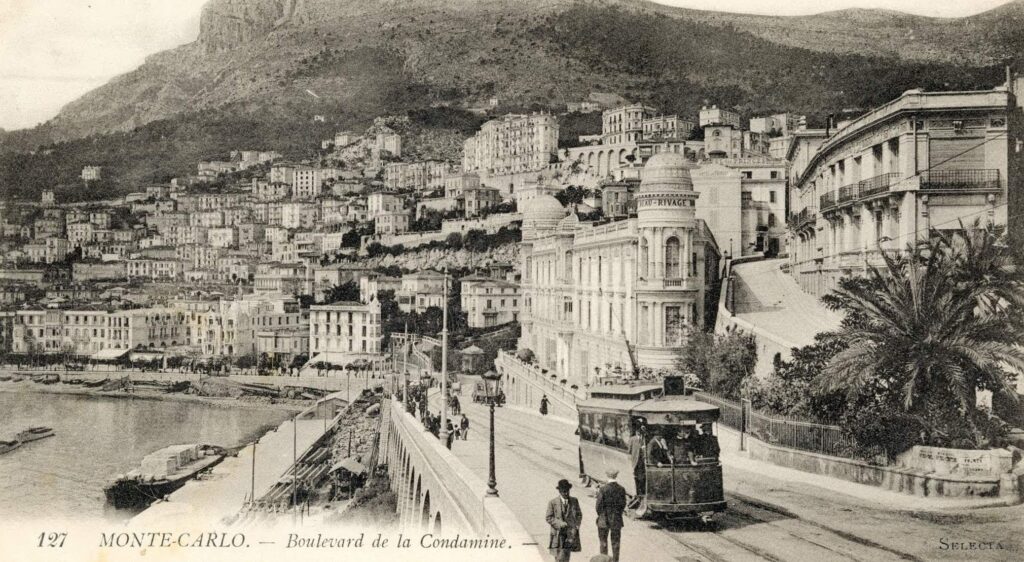
Retracing the history of iconic Monaco locations, in pictures. Today, we are devoting an article to a mode of transport that was around in Monaco for several decades, the tramway.
At the start of the 1890s, there was a project for a Nice-Menton tramway line which would run through Monte Carlo. Following the example of French towns that were opening up tramway networks, horse-drawn at first, then with mechanical traction and finally electric-powered, the Principality eventually accepted the necessity of a line crossing Monaco, from Le Rocher to Saint-Roman, passing through Monte-Carlo and serving the Casino. The Principality’s topography was an issue: horse-drawn and steam trams were not an option. Electric trams had to be developed.
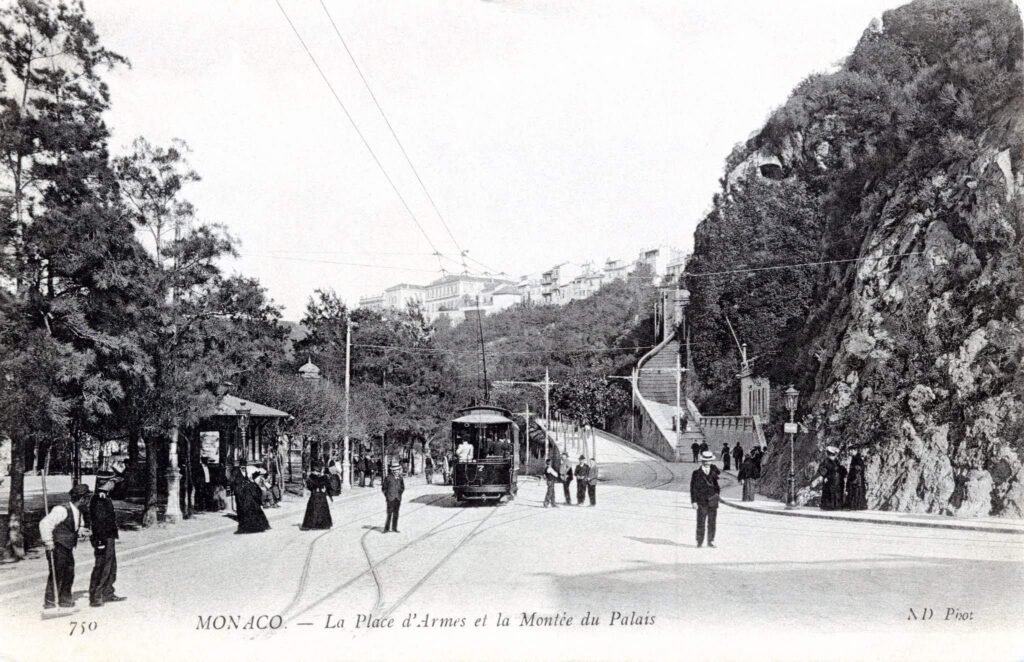
The Monaco tramway was built in 1897. Behind the initiative was Henri Crovetto, a Monegasque entrepreneur who ran a car rental company, and who joined forces with the Thomson-Houston company. He created the Compagnie des Tramways de Monaco (Monaco Tramways Company).
Prior to that, the Société Nouvelle des Tramways de Nice (SNTN), which soon became the Tramways de Nice et du Littoral (TNL), had no hope of getting the concession for a line from Nice to Menton via Monaco, as it was outside French jurisdiction. With the arrival of the Monaco tramway, this was now possible “provided that the carriages are as elegantly built as those in the Principality and of an identical type,” according to a report by the Departmental Committee of Public Works on 20 August 1897.)
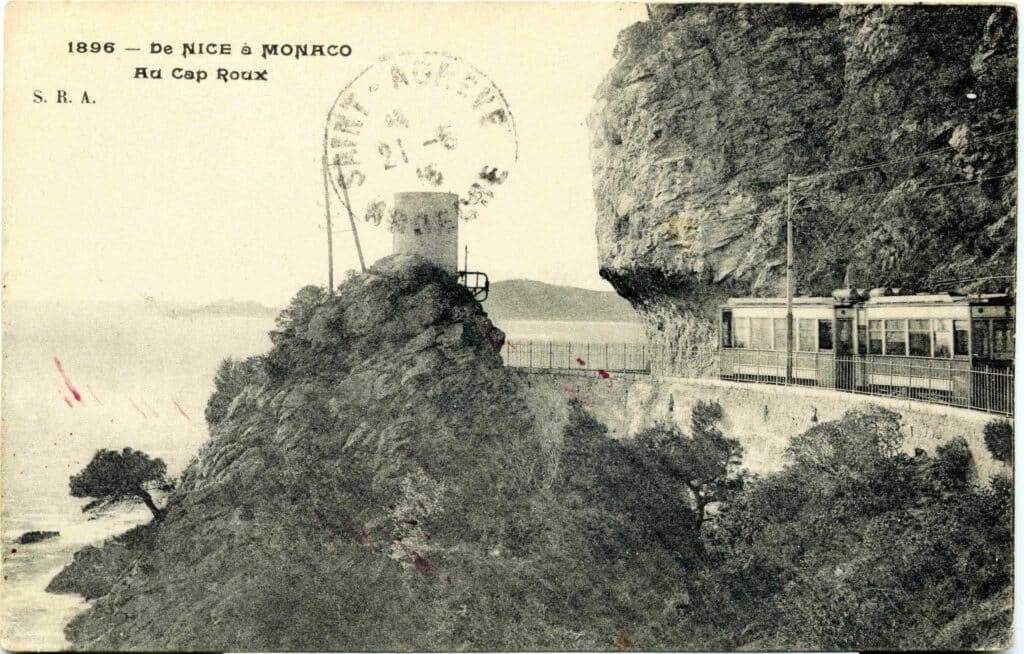
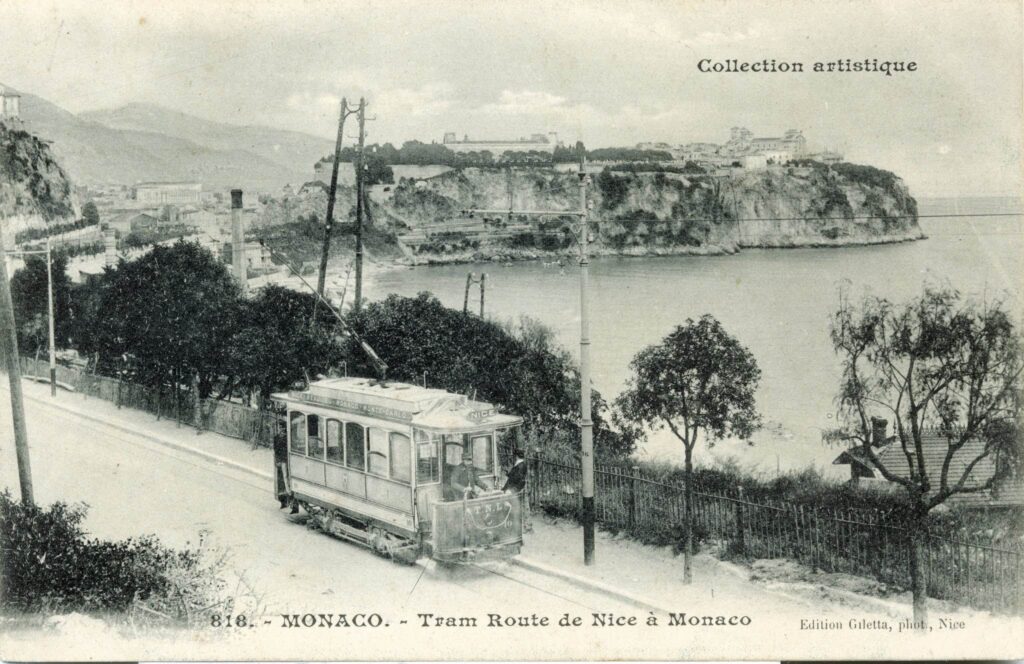
Back to the Principality. The main line started from Monaco railway station, passed through Place d’Armes, down Avenue du Port, along Boulevard de la Condamine, up towards Monte Carlo, past the Casino and the Palais des Beaux-Arts and then to the top of the gardens. The line continued to the La Rousse district, better known as Saint-Roman. A branch line led to the Place de la Visitation on the Rock. A second one went to Monte Carlo station via Avenue des Citronniers and Rue des Spéluges.
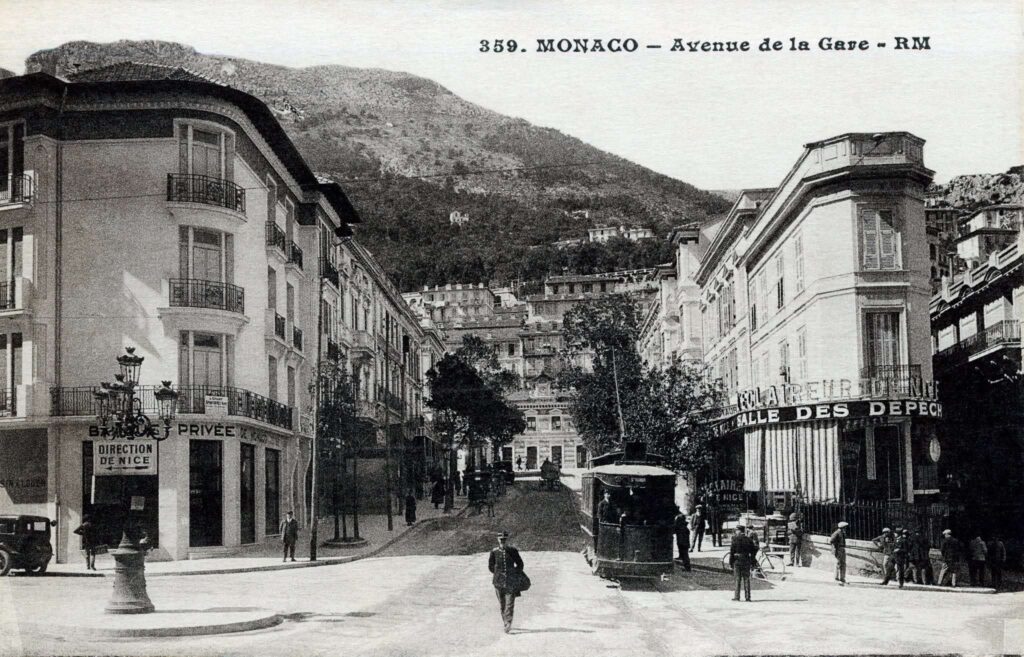
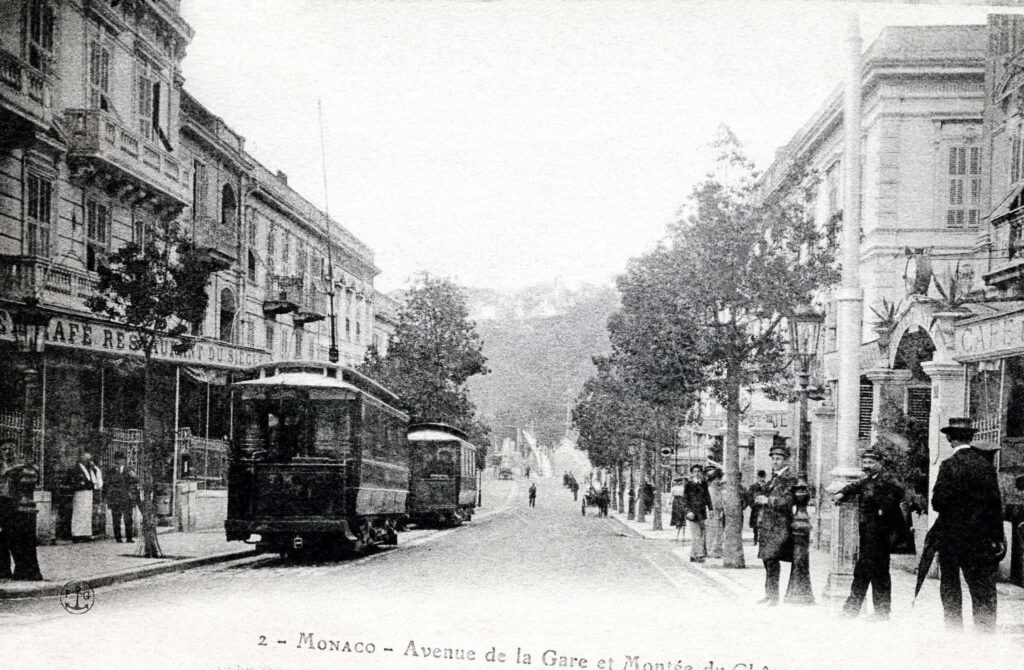
Tests began on 27 March 1898 and went well. Despite an accident on 11th April, the inauguration took place on the 14th with Prince Albert I and the Principality’s authorities in attendance. The Prince seemed satisfied, as the Journal de Monaco reported: ” His Serene Highness took his seat in the first [carriage, Ed.], which was beautifully decorated with flowers and bore the Grimaldi coat of arms on the front panel (…) On arrival at Saint-Roman, the Sovereign expressed his satisfaction and shared a glass of champagne with the guests present.”
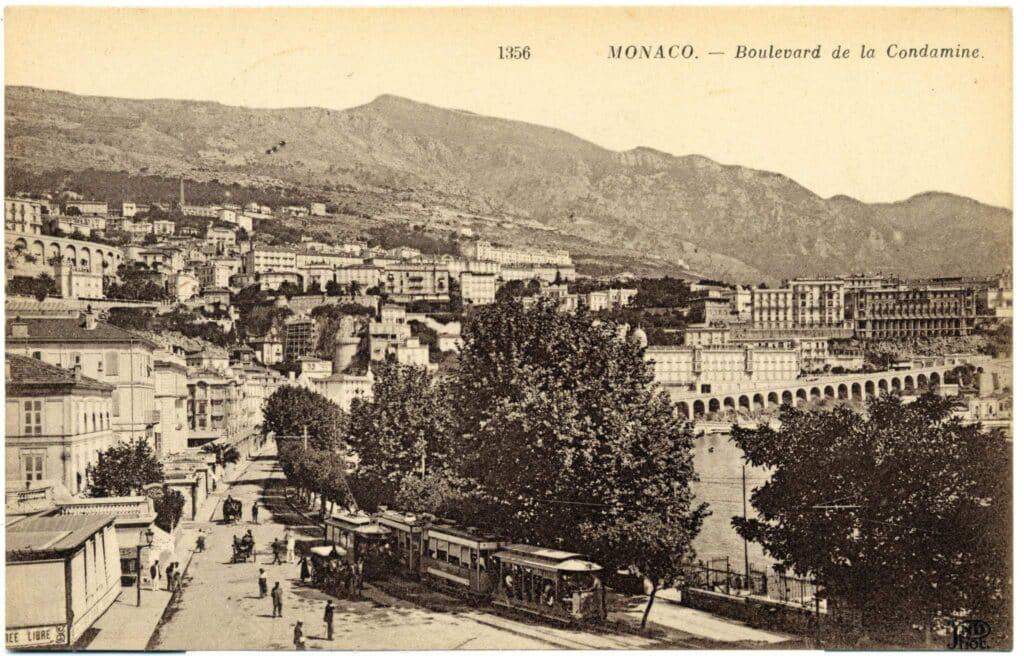
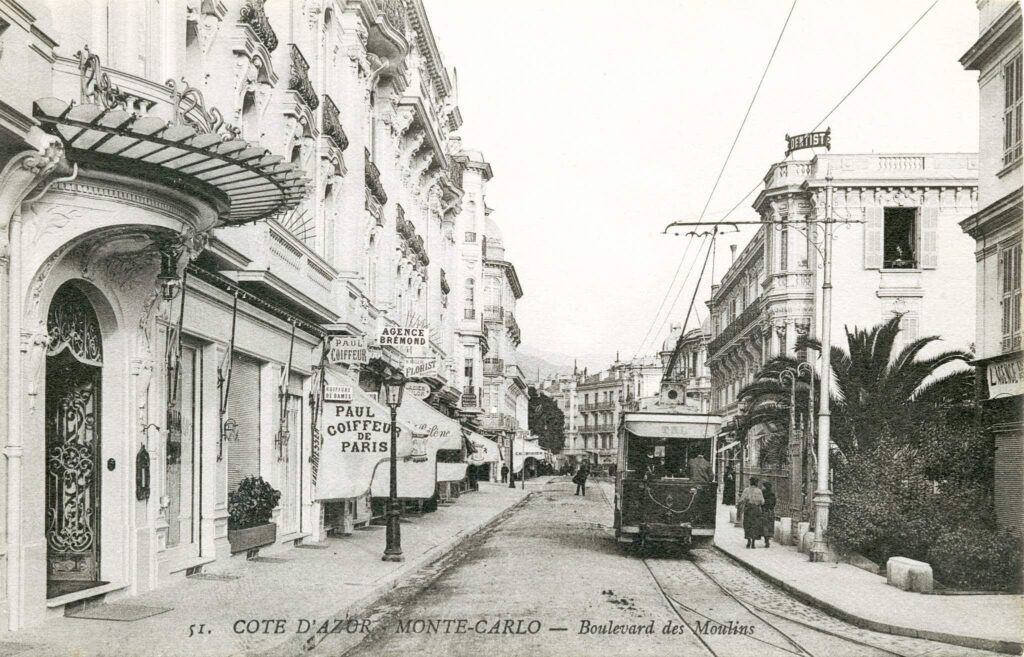
The carriages were 8.40m long and 2.12m wide. They could carry 36 people, 24 of whom were seated on transverse benches. However, the traction method – electric power provided through surface contacts – made operating the trams somewhat complicated. The reliability of the power supply was questionable. If the contacts were not live, the trams would come to a stop. Sometimes these contacts remained electrified after the tram had passed, causing electrocution and concussion on occasion for pedestrians or horses in particular.
In 1903, power supply through these superficial contacts was replaced with the installation of overhead cables. Encouraged by the TNL, the Principality willingly adopted this new system, which solved the issues mentioned above. The Thomson-Houston company installed the first poles and cables in August 1903. On 5 November, the installation of the overhead lines was completed. The Nice-Monte-Carlo line opened on 7 November.
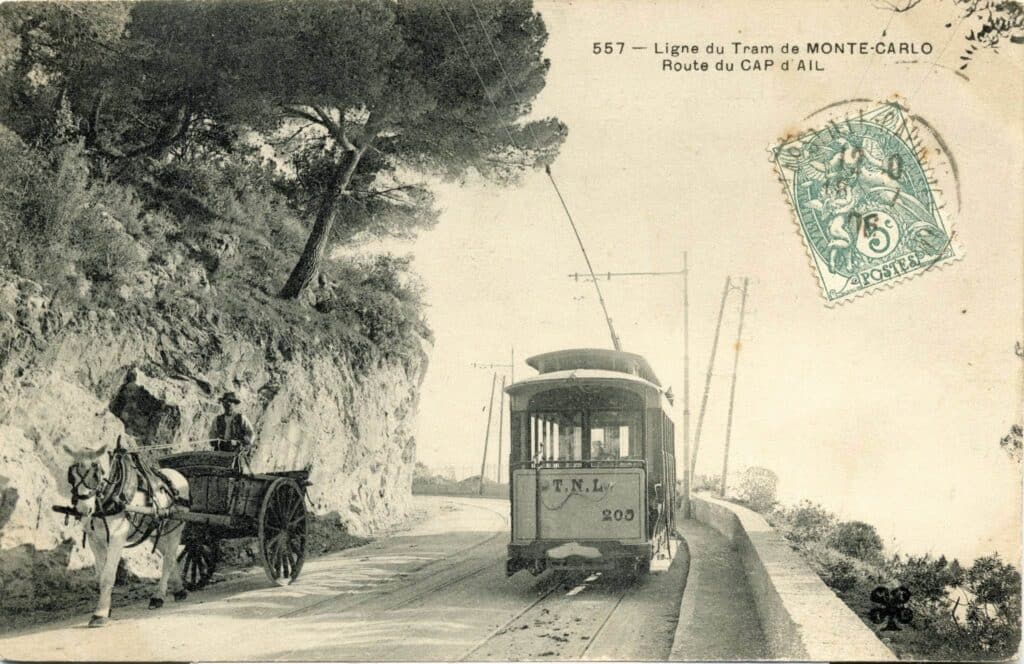
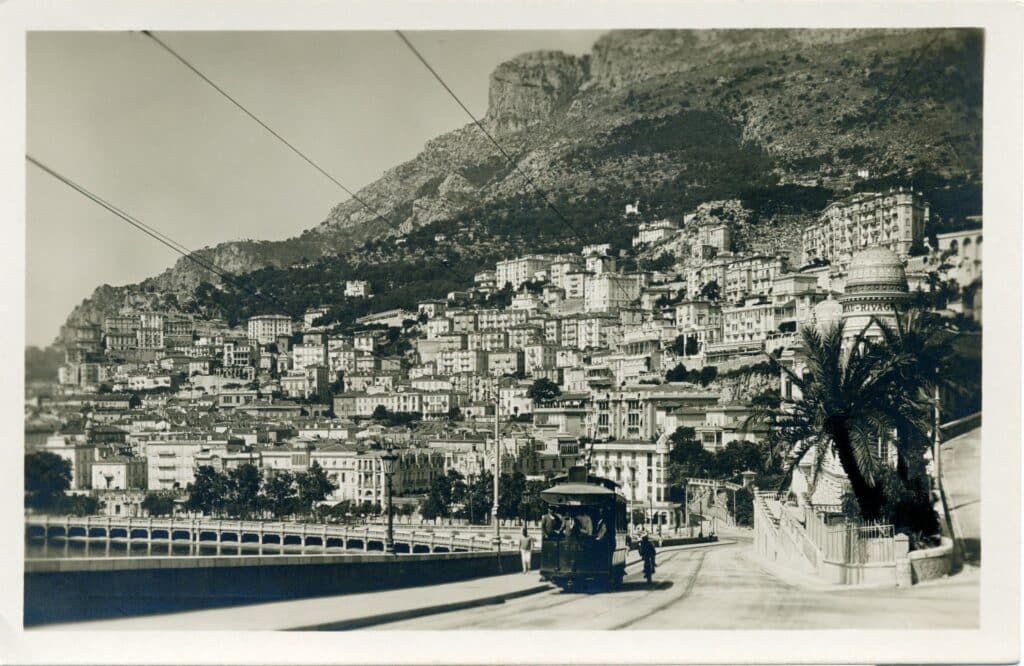
In 1909, the Compagnie des Tramways de Monaco was absorbed by the TNL, by sovereign order of Prince Albert I. “The Compagnie des Tramways de Nice et du Littoral is authorised to run its cars and trains on the entire Monaco network (…) with the ability to drop off and pick up passengers,” reads the agreement published on 28 July 1909. The agreement also included measures concerning travellers. Some of these still apply today: “Any travellers who have taken a seat in a carriage must, at the request of the ticket collectors or inspectors, present their ticket or pay the price of their seat.” At the time, the trams made between 30 and 60 journeys a day, depending on the season, on the Gare de Monaco – Saint-Roman and other lines.
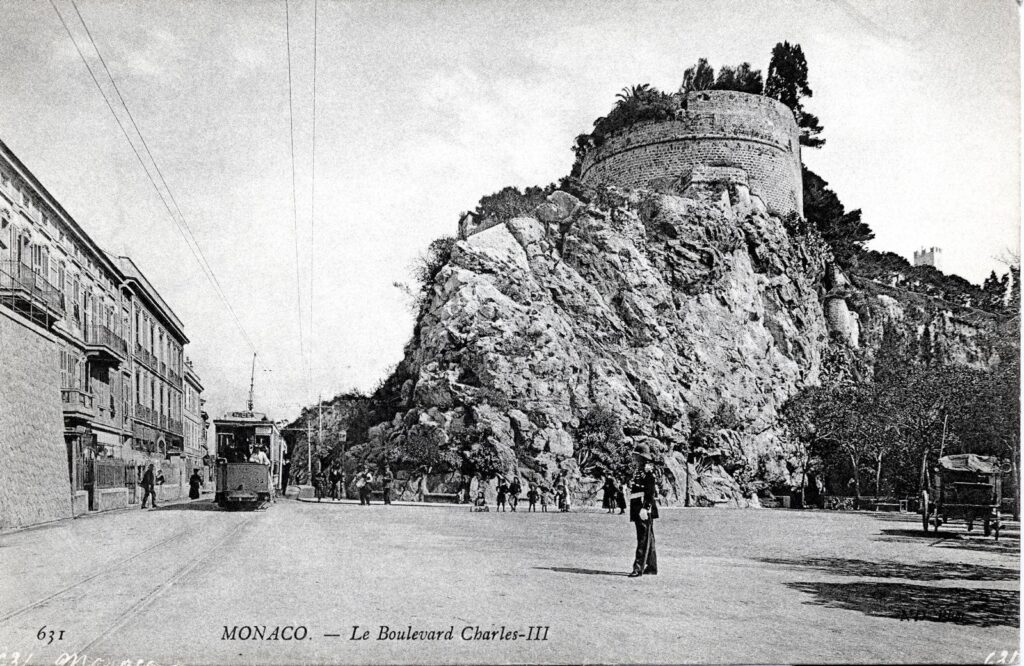
Over the years, trams lost their appeal to their users. The automobile was making great strides and became the preferred mode of travel. On 8 May 1931, an agreement was signed between the Monegasque government and the TNL to abolish the tramways as soon as the new buses were available. Different bus lines then appeared in the Principality, never to disappear.
Monaco has changed a great deal throughout the 20th century, and its old tramway system bears witness to these changes. If you want to find out more about the history of Monaco, a group of enthusiasts, administered by Jean-Paul Bascoul, has come together on Facebook to share their old photos of the Principality: Monaco4Ever.









